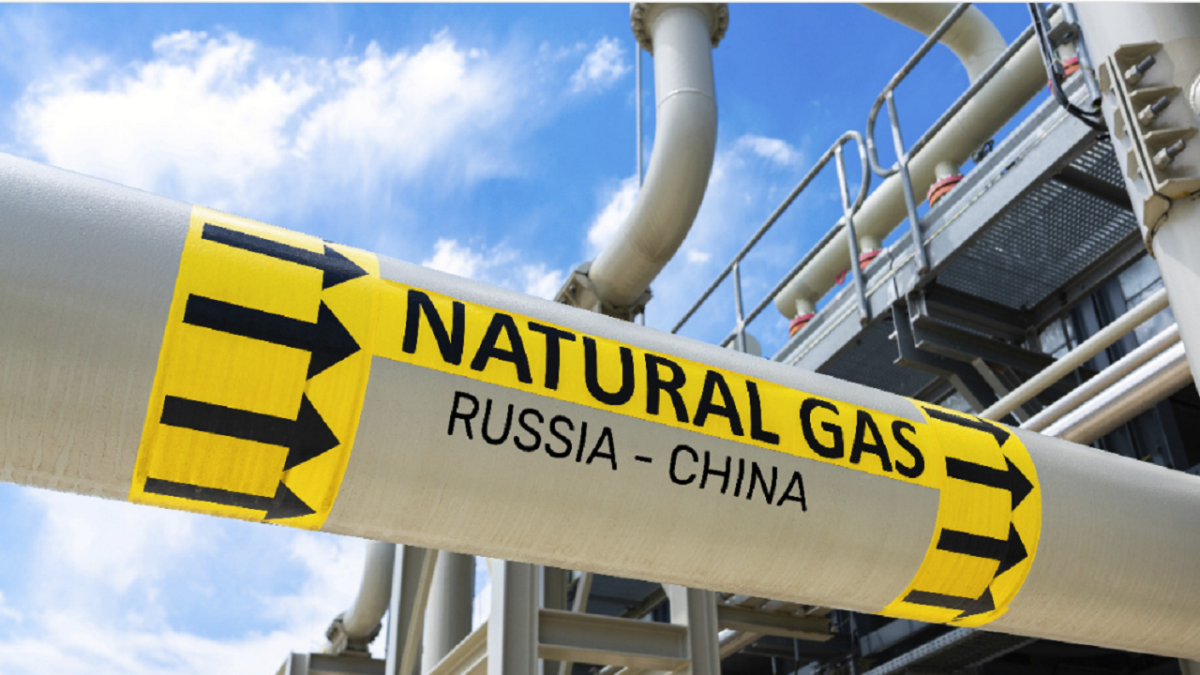1330 Views
Power of Siberia 2”: Russia’s Energy Shift That Could Redraw the Global Map
Following Vladimir Putin’s recent visit to China, a memorandum of understanding was signed between the two countries for the construction of the “Power of Siberia 2” gas pipeline. According to the plan, this pipeline will transport natural gas with a capacity of over 50 billion cubic meters annually from Russia’s Yamal region through Mongolia to northern China.
The signing of this legal memorandum signifies Russia’s clear intention to replace the European gas market with East Asia. Consequently, this energy partnership not only strengthens the economic relations between Russia and China but also elevates their geopolitical cooperation to a strategic level. This project sends an unmistakable message from Moscow to the West: Russia is consolidating its position in the Asian energy market—particularly in East Asia—and no longer depends on Europe.
This shift reflects a rebalancing of global power, with China emerging as Russia’s long-term strategic partner, replacing European gas buyers. Moreover, this initiative represents a redefinition of the multipolar relations between two great powers, demonstrating that energy is not only a source of income but also a tool of soft power and geopolitical influence—capable of shaping the new global energy order.
As mentioned earlier, the pipeline’s annual capacity of 50 billion cubic meters can offset part of Russia’s lost exports to Europe. From the Kremlin’s viewpoint, China is considered a “reliable and politically aligned customer,” making it a safer alternative to Western markets. These exports have significantly declined due to Western sanctions and the deterioration of Russia’s relations with the European Union.
Within this framework, “Power of Siberia 2” is not merely an export route for Russia; it represents an economic shield and geopolitical instrument against Western pressure. Such a transformation reflects a new architecture in the multipolar energy landscape, positioning China as the central hub of Russia’s energy exports.
As for Mongolia, the project’s route through its territory would bring both economic benefits and strategic importance, turning it into a vital link in East Eurasia’s energy transmission chain. However, environmental permits and transit agreements are still under review. The gas pipeline will cross Mongolia’s “Soyuz Vostok” region, which would generate revenue through transit fees and create new job opportunities.
Nevertheless, Mongolia has not yet officially included the project in its national development plan until 2028, reflecting uncertainty about its short-term prioritization. Some analysts believe that the project could transform Mongolia from a landlocked country into a strategic energy corridor connecting Russia and China. Others, however, argue that even if the deal is finalized, full implementation will take considerable time, as key issues such as gas pricing, investment sharing, financing models, and project timelines remain unresolved.
Projections indicate that gas exports via Power of Siberia 2 will be delayed until 2030 or 2031, with full operational capacity expected by 2035. In addition to these economic challenges, China’s growing efforts to diversify its energy sources—through suppliers like Turkmenistan and Qatar—add further uncertainty to the project’s future.
In conclusion, the “Power of Siberia 2” project goes beyond a mere infrastructure initiative. It is a geopolitical statement and a symbol of transformation in global energy diplomacy. With this move, Russia is not only compensating for its lost European market but also redefining its place in the international energy supply chain—where China becomes the key player in its engagement strategy. Meanwhile, China, by securing long-term access to Russian energy resources, strengthens its own energy security. Evidently, “Power of Siberia 2” embodies Russia’s decisive pivot to the East and the formation of a mutual economic and strategic dependency that could reshape the balance of power in the global energy market for years to come.
Translated by Ashraf Hemmati from the original Persian article written by Navid Daneshvar
https://www.reuters.com/business/energy/what-is-russias-power-siberia-pipeline-2-china-2025-09-02/
https://thediplomat.com/2025/10/power-of-siberia-2-russias-political-bet-chinas-diplomatic-win
https://www.csis.org/analysis/how-power-siberia-2-deal-could-reshape-global-energy
https://www.intellinews.com/mongolia-omits-russia-to-china-power-of-siberia-2-pipeline-project-from-action-plan-for-years-ahead-339259
https://www.reuters.com/business/energy/russias-pipeline-deal-with-china-seen-taking-decade-boost-exports-2025-10-07

Comment
Post a comment for this article